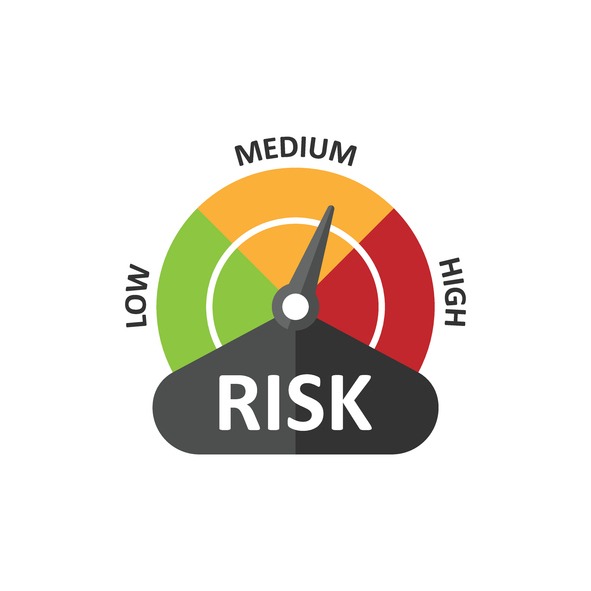As an employer, you are responsible for ensuring that your employees work in a safe environment. To do this, you need to conduct a job site risk assessment. A job site risk assessment is a systematic process that helps you identify potential workplace hazards and assess the associated risks. Yet, what exactly does the process involve? Don’t worry – you can get the answers here. Learn everything you need to know about the importance of a hazardous materials assessment, the steps involved in a job site risk assessment, and why conducting a review and update of your risk assessment is important.
What is a Job Site Risk Assessment?
A job site risk assessment is a process that involves identifying potential hazards in the workplace and assessing the risks associated with them. These hazards can include anything from dangerous machinery to hazardous materials. A job site risk assessment aims to identify potential hazards and assess the associated risks so that appropriate control measures can be implemented to mitigate the risks.
Steps in a Job Site Risk Assessment
There are several steps involved in conducting a job site risk assessment. These include the following steps:
- Step #1 – Identifying Potential Hazards: The first step in a job site risk assessment is identifying potential workplace hazards. It can be done through observation, consultation with employees, and reviewing previous incidents.
- Step #2 – Assessing the Risks Associated with Identified Hazards: Once you have identified potential hazards, the next step is to assess the associated risks. It involves considering the likelihood of the hazard occurring and the severity of the consequences if it does happen.
- Step #3 – Control Measures to Mitigate Risk: After assessing the risks associated with identified hazards, the next step is identifying control measures to mitigate the risks. These can include engineering controls, administrative controls, and personal protective equipment.
- Step #4 – Implementing Control Measures & Monitoring Effectiveness: Once you have identified control measures, the next step is to implement them. It is important to monitor the effectiveness of the control measures to ensure that they are working as intended.
- Step #5: Reviewing & Updating the Risk Assessment: Finally, regularly reviewing and updating the risk assessment is important. In turn, it can help ensure that any new hazards are identified and that the control measures remain effective.
Importance of a Hazardous Materials Assessment
A hazardous materials assessment is important to job site risk assessment. Hazardous materials can include chemicals, solvents, and other substances that can harm employees if improperly handled. A hazardous materials assessment involves identifying the hazardous materials present in the workplace and assessing their associated risks. Failure to properly determine the risks associated with hazardous materials could put your employees at risk of injury or illness. This could result in lost productivity, increased workers’ compensation costs, and even legal action.
A Hazardous Materials Assessment For Job Site Risk Assessment
Incorporating a hazardous materials assessment into your job site risk assessment is crucial for ensuring the safety of your workplace. Here’s how it fits within your overall assessment:
- Identify hazardous materials: Identify all the hazardous materials present or likely to be encountered at your job site. These could include chemicals, flammable substances, toxic materials, gases, or any other materials that potentially risk your health, safety, or the environment.
- Assess hazards and risks: Once you have identified the hazardous materials, it’s important to assess the hazards and risks associated with each material. Evaluate toxicity, flammability, explosiveness, reactivity, and environmental impact. Consider the potential consequences of exposure, such as health effects, fire, explosion, or pollution.
- Determine exposure routes: Identify the pathways through which you, your colleagues, the public, or the environment may be exposed to hazardous substances. These include inhalation, ingestion, skin contact, or accidental release scenarios.
- Evaluate control measures: Assess the effectiveness of existing control measures to mitigate the risks associated with hazardous materials. It includes evaluating engineering controls (e.g., ventilation systems, containment measures), administrative controls (e.g., standard operating procedures, training programs), and personal protective equipment (PPE) requirements.
- Develop risk management strategies: Based on the findings of the hazardous materials assessment, develop appropriate risk management strategies. These may involve implementing additional control measures, revising work processes, providing specialized training, or establishing emergency response procedures.
- Integrate with your overall risk assessment: Ensure that your hazardous materials assessment findings are integrated into your broader job site risk assessment. It will help you consider the risks associated with hazardous materials alongside other potential hazards at your work site, such as physical hazards, ergonomic issues, machinery risks, or environmental factors.
By incorporating a hazardous materials assessment into your overall job site risk assessment, you can effectively identify, evaluate, and control the risks associated with hazardous materials. It will help protect your health and safety, as well as that of your colleagues, the public, and the environment. It also ensures that you comply with relevant safety standards and regulations.
The Responsibility of An Employer & Workplace Safety
As an employer, you are responsible for ensuring that your employees work in a safe environment. Conducting a job site risk assessment and utilizing audit compliance software is important to fulfilling this responsibility. By taking the time to assess the risks associated with potential hazards properly, you can help to ensure that your employees are safe and that your business is protected from potential liabilities. Remember, a safe workplace is a productive workplace!
As you can see, a job site risk assessment is an important process that can help ensure that your employees work in a safe environment. By identifying potential hazards and assessing the associated risks, like with a hazardous materials assessment, you can put appropriate control measures in place to mitigate them. It is also important to regularly review and update your risk assessment to ensure that any new hazards are identified and that the control measures in place remain effective.
